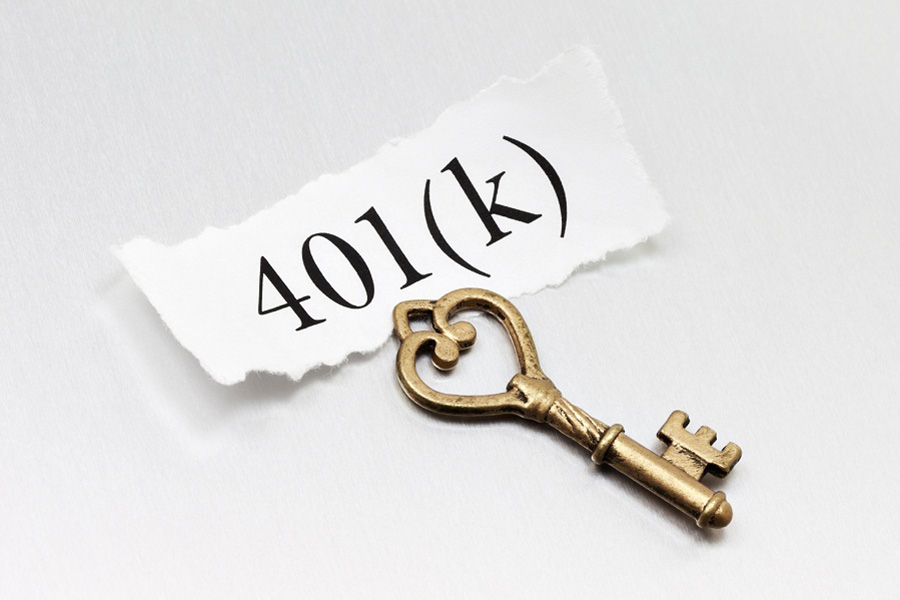

The impact of the coronavirus on the future retirement of defined contribution plan participants may be more manageable than previously thought, according to research by Employee Benefit Research Institute.
The Washington-based policy group explored assumptions about future employee and employer behavior in response to the current situation and potential decreases in defined contribution eligibility arising from increased unemployment. It found a $3.68 trillion aggregate retirement-adequacy deficit for all U.S. households ages 35–64 as of January 1, 2020, which represents an increase of only 4.5%, or $166.21 billion. Even a combination of the most pessimistic assumptions increased aggregate retirement deficits by only 11.2%, or $412.77 billion.
The report found that market volatility may be the largest factor in increasing retirement savings shortfalls and decreasing savings surpluses, especially in a worst-case scenario. That permanent termination of defined contribution plans under $10 million in assets, however, could have a large impact for younger investors.
Match suspensions by plan sponsors, contribution suspensions by workers, increases in withdrawals, and decreased eligibility do not have as much impact when spread over all U.S. households, EBRI said.

While industry statistics pointing to a succession crisis can cause alarm, advisor-owners should be free to consider a middle path between staying solo and catching the surging wave of M&A.

New joint research by T. Rowe Price, MIT, and Stanford University finds more diverse asset allocations among older participants.

With its asset pipeline bursting past $13 billion, Farther is looking to build more momentum with three new managing directors.

A Department of Labor proposal to scrap a regulatory provision under ERISA could create uncertainty for fiduciaries, the trade association argues.

"We continue to feel confident about our ability to capture 90%," LPL CEO Rich Steinmeier told analysts during the firm's 2nd quarter earnings call.
Orion's Tom Wilson on delivering coordinated, high-touch service in a world where returns alone no longer set you apart.
Barely a decade old, registered index-linked annuities have quickly surged in popularity, thanks to their unique blend of protection and growth potential—an appealing option for investors looking to chart a steadier course through today's choppy market waters, says Myles Lambert, Brighthouse Financial.
